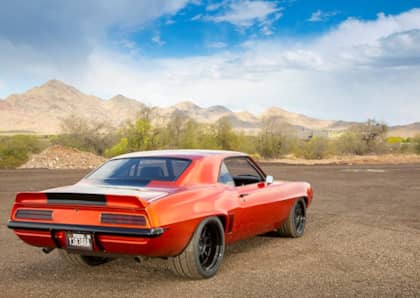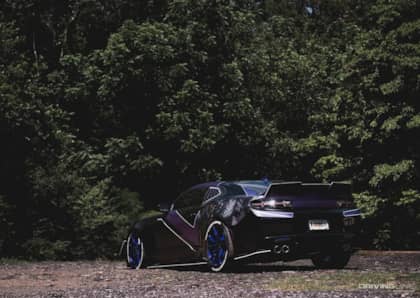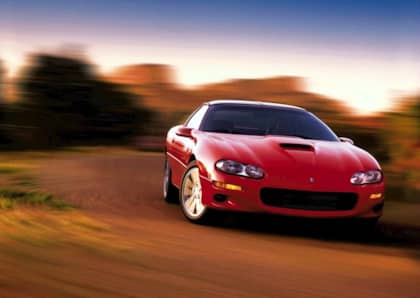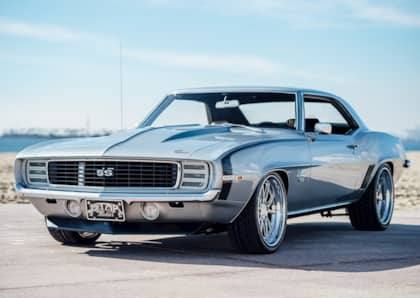The 3rd Gen Chevrolet Camaro IROC-Z and Z28 Are About To Skyrocket With Classic Muscle Car Collectors
The Rad movement has seen a wide range of previously-overlooked cars and trucks finally get their moment with collectors, and of these perhaps no model is more overdue than the third-generation Chevrolet Camaro. Overshadowed by the celebrated first and second-gen muscle machines that ran from the late '60s to the early '80s, and then relegated by the high-horsepower fourth-generation cars that appeared in the 1990s, the 3rd gen Camaro has long been the middle child of the family.
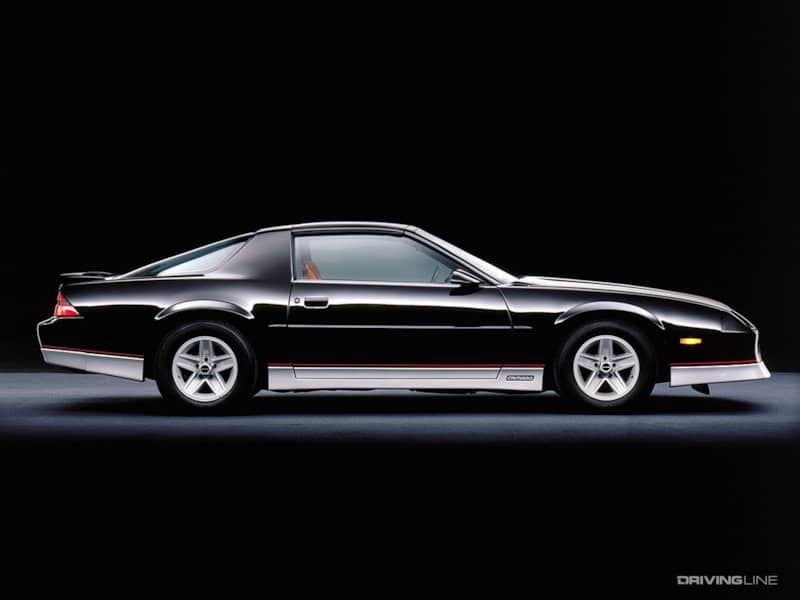
Seen objectively, however, the 1982-1992 Chevrolet Camaro IROC-Z and Z28 coupes are poised for a comeback. Featuring owner-friendly fuel injection, usable horsepower and torque, and an ultra-deep aftermarket for mods thanks to the presence of Chevy's famed small block V8, the third-generation of the Camaro is perfect for anyone seeking a classic that can be enjoyed on a daily basis with a minimum of hassle.
All New, All Improved
When the completely redesigned Chevrolet Camaro appeared in 1982, it offered a dramatic break from the coupes that had come before it.
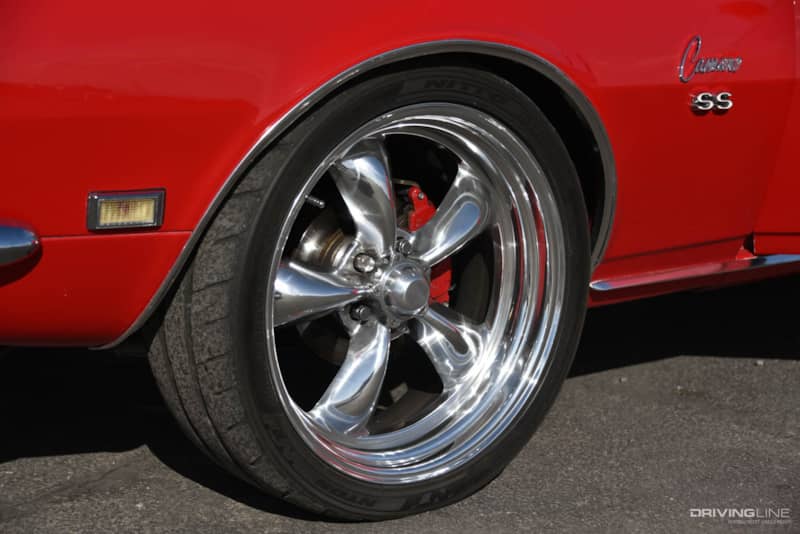
Everything about the new, shorter-wheelbase Camaro—its sophisticated coil spring suspension, its lighter unibody platform, and the improved aerodynamics of its sleek styling—were an upgrade over the car that had served out the end of the 1970s in a downward spiral of performance.
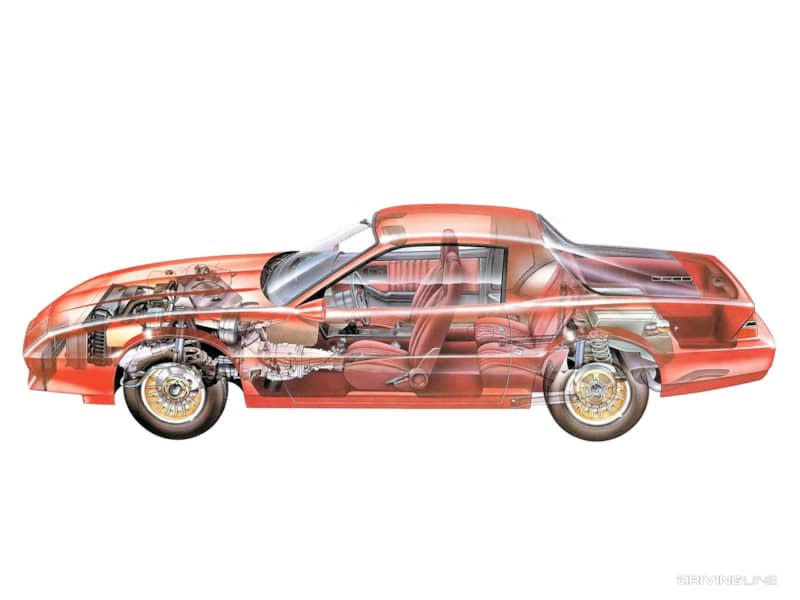
Although the spirit of the times required that the Camaro be offered with four-cylinder and V6 options in order to satisfy corporate average fuel economy requirements, GM made a statement by also providing a choice of V8 engines in the Chevrolet.
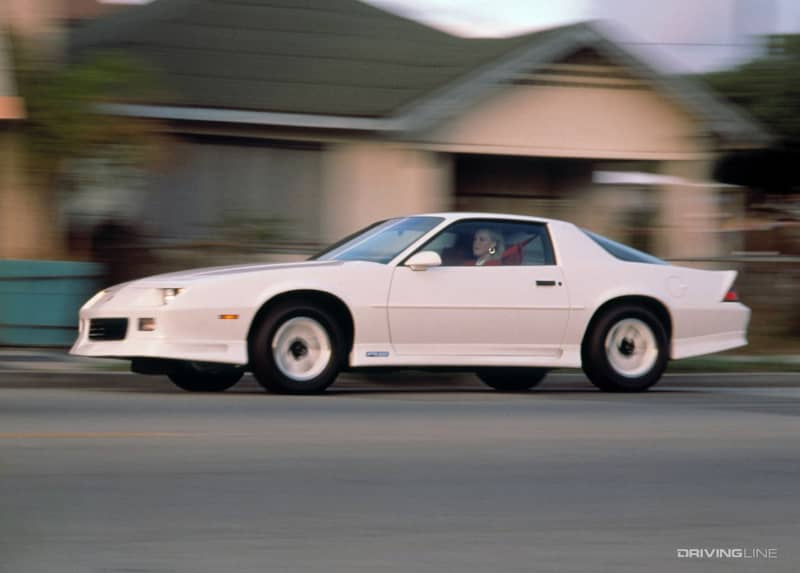
Of these 5.0L units, the fuel-injected (and frequently troublesome) 'Cross-Fire' version was the mightiest, with its 165hp and 240 lb-ft of torque providing a 20 pony improvement over the carbureted model. Transmission choices included a four-speed manual and a three-speed automatic.
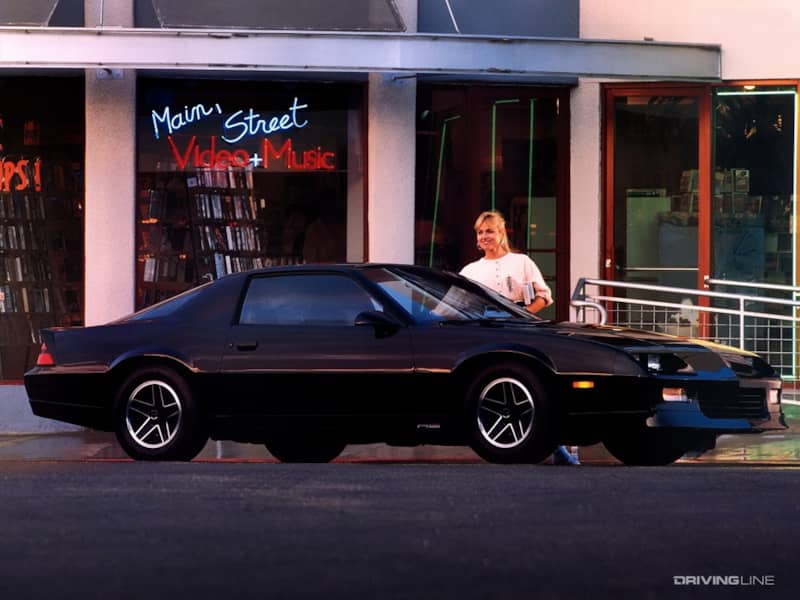
Both of these V8 engines were available with the Z28 package. The sportiest of the early 3rd gen cars, the Camaro Z28 offered more aggressive styling cues along with somewhat more focused suspension tuning. The following year the Z28 added a four-speed autobox and a five-speed manual to its options list, along with an exclusive H.O. version of the 5.0 V8 that boosted output to a healthy 190hp.
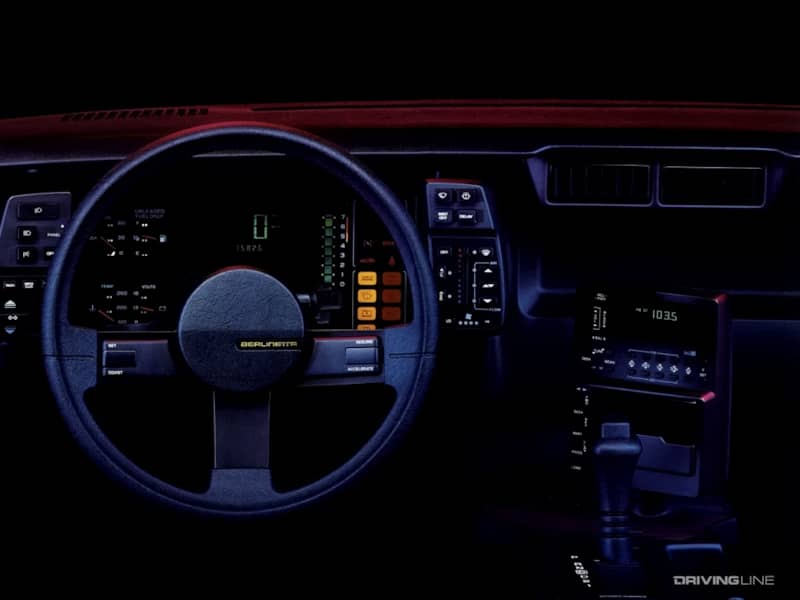
By 1984, the Cross-Fire system was gone, and a digital dash was now available on the short-lived, 'premium' Berlinetta trim.
Mid-Decade Boost
Chevrolet really turned up the wick on the Camaro in the middle of the decade. The 1985 Camaro IROC-Z arrived to celebrate the car's participation in the International Race of Champions series, which pitted drivers from a variety of different motorsports against each other in near-stock versions of Chevrolet's muscle car.
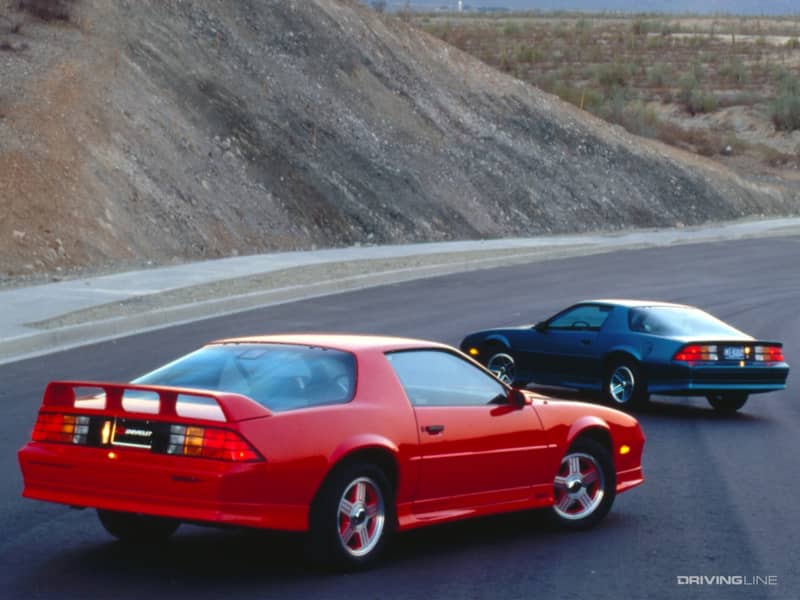
The IROC-Z, which was an options package for the Z28, featured a lowered suspension that gave it a little more prowess in the corners than before. It also came with an aero body kit and the option of a 215 horsepower 5.0L V8 (alongside two other 305 cubic inch engine choices) that made use of GM's tuned port fuel injection system to help deliver its 275 lb-ft of torque. Strangely, a new camshaft in '86 dropped 25 horsepower from the IROC-Z's most potent motor, but this was balanced out somewhat by an almost-unnoticed order code that netted a small handful of Camaros the same L98 5.7L V8 found in the Chevrolet Corvette, tuned for 220hp.
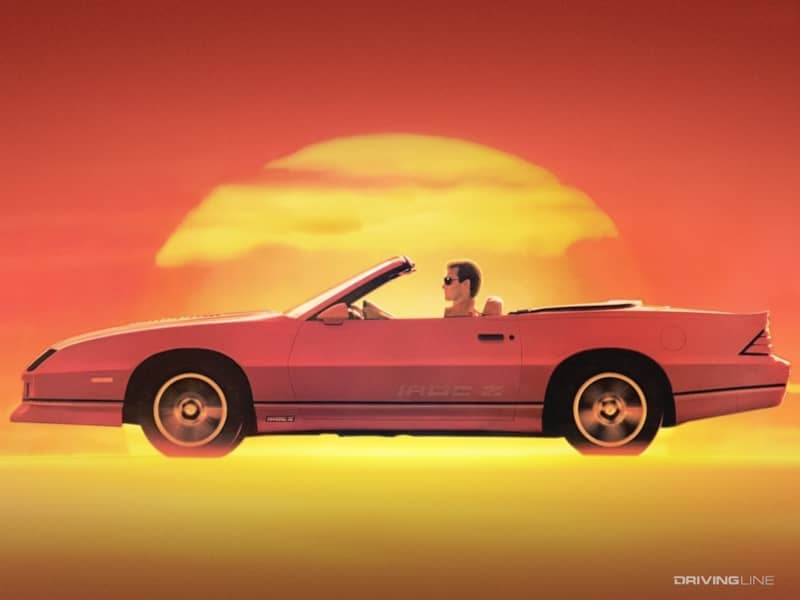
By 1987, the Camaro made the L98 available to anyone who wanted to stuff it in the Z28 or the IROC-Z, and it delivered a healthy 225hp and 330 lb-ft of torque—enough attitude to take on the also-revamped Ford Mustang 5.0 of the same year. A convertible entered the mix as well for the first time since 1969.
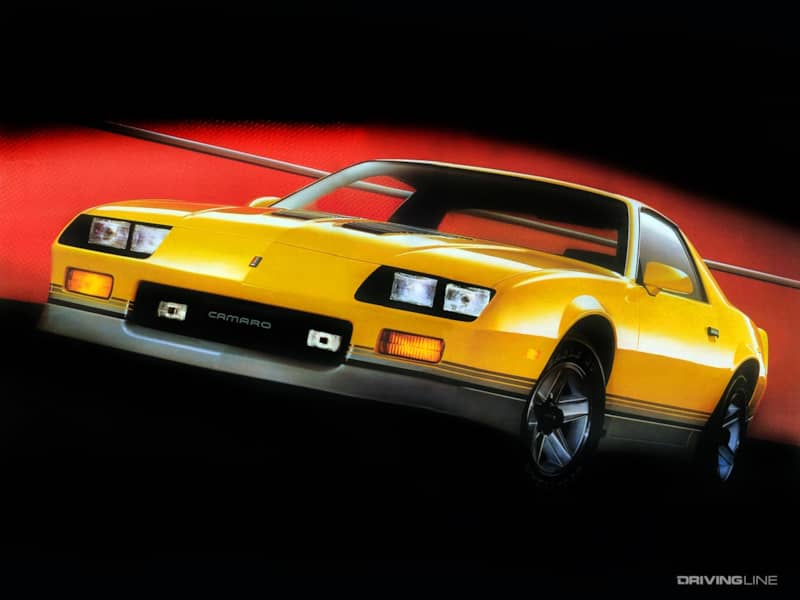
The following year Chevrolet dropped the Z28 badge and push forward with the IROC-Z as the most potent Camaro, making it the only trim level other than 'base.' Chevy made up for thinning the herd with a bewildering array of options packages, including the 1LE that grafted a full road racing suspension under the car, borrowed from SCCA showroom stock racing where the Camaro was being regularly campaigned. 1LE versions of the Camaro also came with a host of cooling and drivetrain updates that made them legitimate contenders on twisty roads.
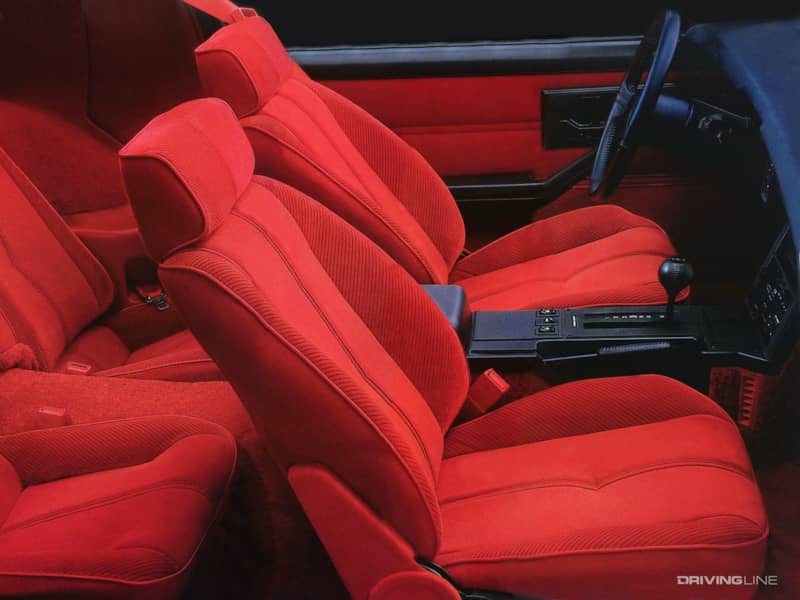
Nearing the end of its run, the third generation Chevrolet Camaro diversified its offerings without straying too far from its by now well-established formula. The 1LE package continued as a stealth option until the end of the line in 1992, while the 5.0L V8 jumped to 230hp in 1989 thanks to a revised exhaust system (almost catching the 240 horse, 5.7L motor).
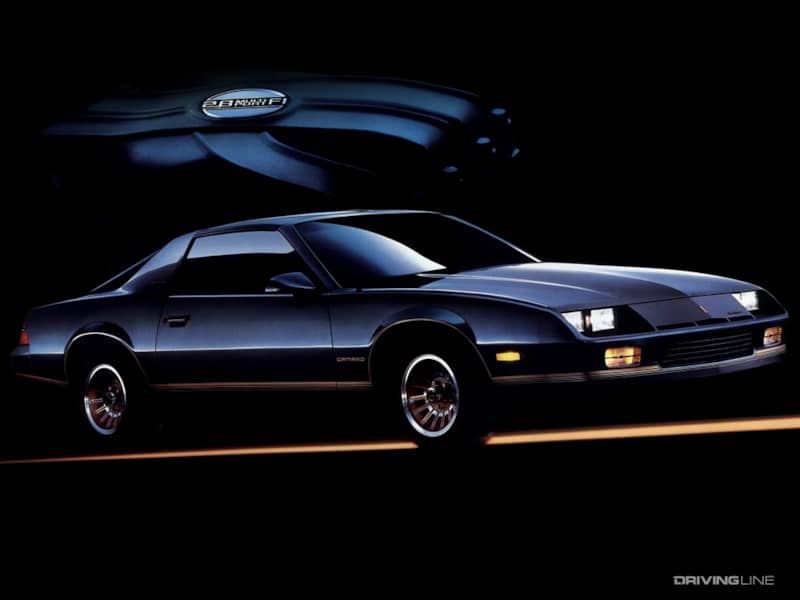
The IROC-Z left the scene after 1990 due to the end of GM's sponsorship agreement with the racing series, but 1991 revived the Z28 to take its place, while also introducing the B4C Special Service package. This model was intended for law enforcement but available to Camaro shoppers seeking a heavy-duty model that combined bits and pieces from the IROC-Z, Z28, and 1LE parts bins. The final year of production saw 1992 cars gain a 25th Anniversary model, which was easily identifiable by its double-striping.
Broad Collector Appeal
There's no shortage of appealing targets out there for muscle car collectors curious about the third-generation Chevrolet Camaro. It's easy to point at rare models like the 1984 Sarajevo Winter Olympics package, the 1LE track star, or convertible versions of the IROC-Z, but truth be told there's a lot to like about most V8-powered Camaros once you get past the middle of the decade. Whether you prefer the less-flashy looks of the Z28 or the attention-grabbing personality of the IROC-Z, the cars offer a lot of personality that evolved over time through a steady stream of styling tweaks that lasted up until their last year in showrooms.
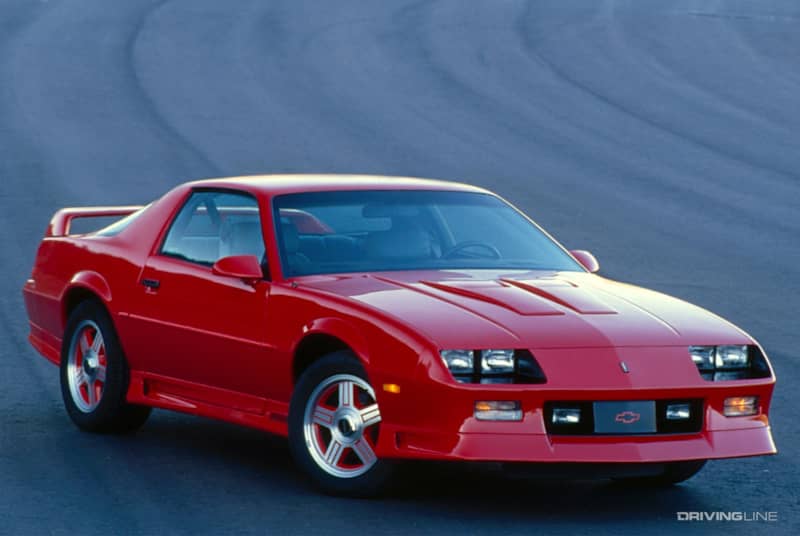
It's been said that later-model third-gen Camaros are better built, as GM began to introduce new production techniques in the 1990s that eliminated many of the shoddy practices that had dogged Detroit-based automakers throughout the previous decade. It's well worth it to avoid Cross-Fire cars, too, so focusing on anything built past 1985 is a winning strategy.
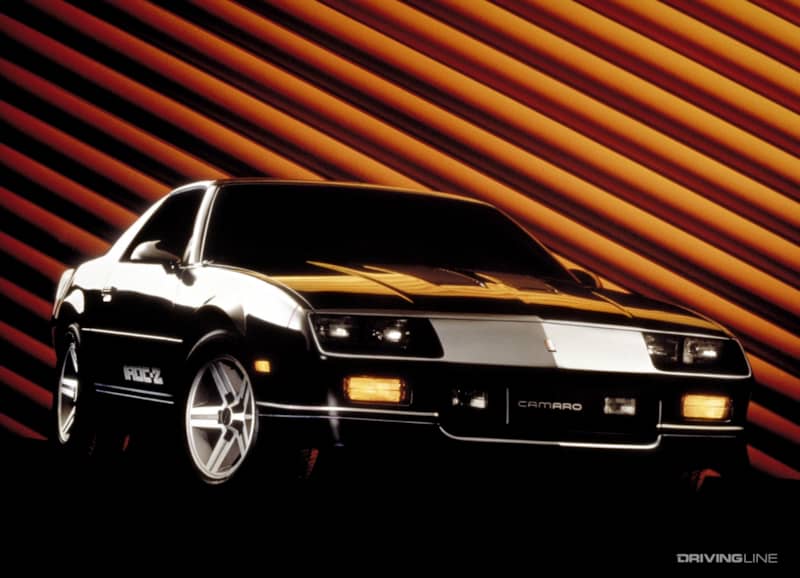
It's also not necessary to get too bogged down in factory horsepower numbers for the various 5.0L and 5.7L engines offered by this era of Camaro. Given their roots as small block Chevrolet engines, it's relatively simple to bolt-on the power you want for your ride regardless of how it originally left the assembly line. Suspension, braking, and of course tire upgrades are also out there to round out the Camaro and make it a more effective package, even if you can't locate a 1LE car.
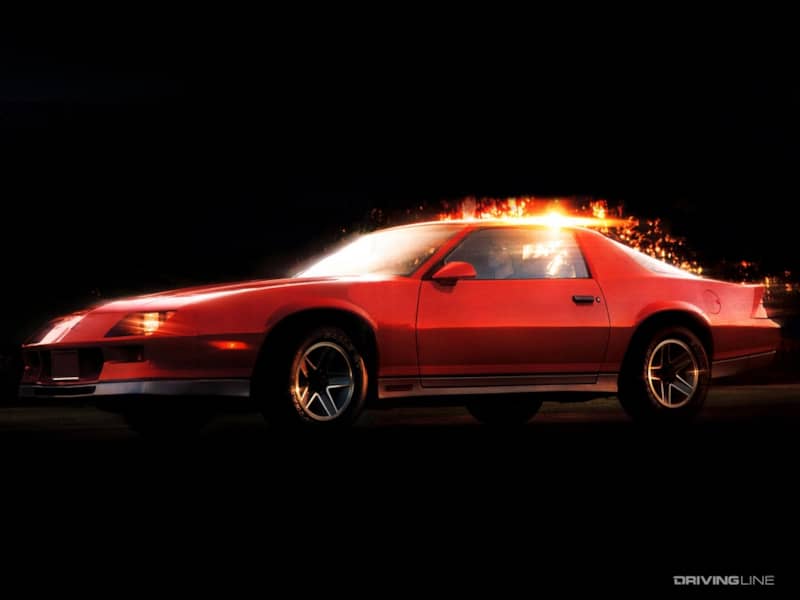
Chevrolet churned out over 800,000 third-gen Camaros, which means you won't have any trouble finding the car you want. Condition is another matter: these vehicles were often abused as they passed through the used car ecosystem and ended up in high school parking lots a decade after they were built, Rust and the condition of the interior are also a concern, particularly given the casual attitudes GM exhibited towards plastic and vinyl components in the '80s. Due diligence is required, but an affordable 3rd gen Camaro is a fun way to relive muscle machine glory while enjoying modern reliability and better-than-1960s comfort on the streets.




